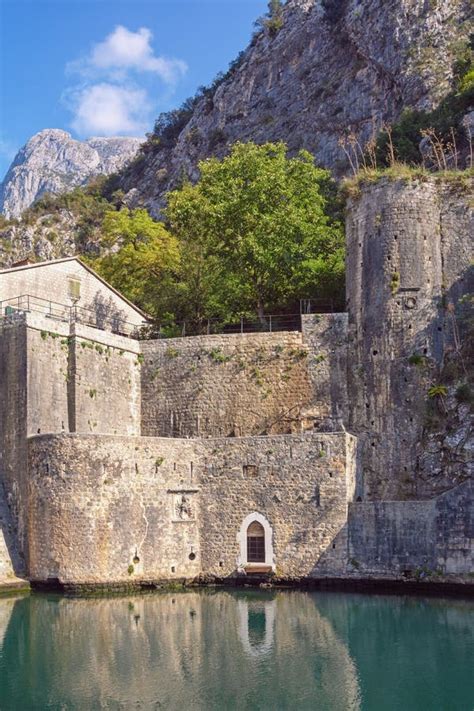Montenegro: Discover its Ancient History
Montenegro, a small Balkan nation nestled on the Adriatic coast, boasts a history as rich and layered as its dramatic mountain landscapes. From Illyrian tribes to Roman rule, Venetian influence to Ottoman conquest, Montenegro's past is a tapestry woven with threads of independence, resilience, and cultural exchange. This journey through time reveals a land steeped in ancient stories, waiting to be uncovered.
What are the origins of Montenegro's name?
The very name "Montenegro" (Crna Gora in Montenegrin) translates to "Black Mountain," a moniker likely stemming from the dark, imposing peaks of its rugged terrain. However, the region's identity extends far beyond its geography, rooted in centuries of distinct cultural development and a fiercely independent spirit. While the modern name emerged later, the land itself has witnessed human habitation for millennia.
What ancient civilizations inhabited Montenegro?
Long before the Roman Empire or the Slavic migrations, Montenegro was home to the Illyrians, a collection of tribes inhabiting the western Balkans. Their influence is visible in archaeological sites scattered throughout the country, hinting at a sophisticated culture. These tribes, often depicted as fierce warriors, left behind fortified settlements, intricate jewelry, and unique burial practices, all testament to a vibrant civilization that shaped the region's early identity. The Illyrian legacy continues to resonate in the region's toponymy (place names) and even some cultural practices.
Was Montenegro part of the Roman Empire?
Yes, Montenegro became a significant part of the Roman Empire, specifically within the province of Dalmatia. Roman influence profoundly impacted the region's infrastructure, with the construction of roads, aqueducts, and towns – many of whose remnants can still be seen today. Cities like Duklja (Doclea), near present-day Podgorica, flourished as important Roman centers, showcasing the empire's administrative and architectural prowess. The enduring influence of Roman law and language also left an indelible mark on the region's future development.
What role did the medieval period play in shaping Montenegro's history?
The fall of the Roman Empire ushered in a period of shifting power dynamics and the rise of Slavic tribes. The medieval period in Montenegro was characterized by the emergence of independent principalities and the constant struggle for autonomy against various empires. The Nemanjić dynasty, a powerful Serbian royal family, played a pivotal role, establishing monasteries and strengthening the region's cultural identity. These monasteries, many still standing today, are architectural marvels showcasing remarkable frescoes and artifacts, providing invaluable insights into medieval life and religious practices.
How did Montenegro maintain its independence throughout history?
Montenegro's history is punctuated by periods of independence and struggle against foreign rule. The mountainous terrain provided a natural defense, hindering the advance of larger armies and enabling the Montenegrins to maintain their unique identity. This fierce spirit of independence is a recurring theme, reflected in their resistance to Ottoman domination and their subsequent fight for independence in the 19th and 20th centuries. The resilience of its people and the unforgiving landscape have played crucial roles in shaping their independent identity throughout centuries.
What are some of the most significant historical sites in Montenegro?
Montenegro is replete with historical sites that speak volumes about its rich past. The Ostrog Monastery, perched dramatically on a cliffside, is a testament to the region's enduring faith. Budva's Old Town, with its Venetian architecture, is a captivating journey through centuries of cultural exchange. Numerous medieval fortresses and ruins, scattered across the landscape, stand as silent witnesses to battles fought and empires risen and fallen. Exploring these sites offers a tangible connection to Montenegro's captivating history.
Montenegro’s ancient history is a testament to its enduring spirit. It's a story of resilience, cultural exchange, and the unwavering pursuit of independence – a narrative etched into its mountains, its monasteries, and the very soul of its people. Further research into specific periods, dynasties, and archaeological finds will undoubtedly unveil even more fascinating facets of this captivating history.

